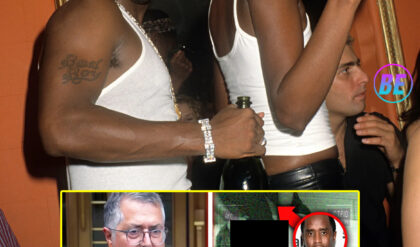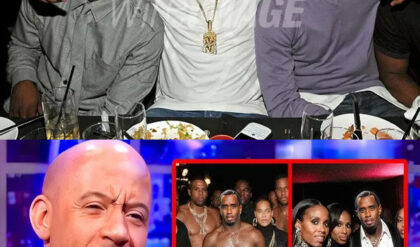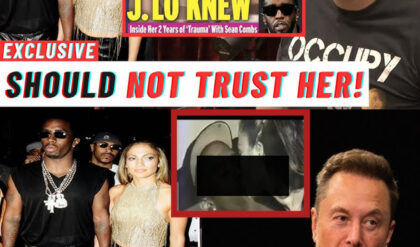**What Keenan Ivory Wayans Never Told You About *In Living Color***
For fans of *In Living Color*, the comedy sketches, the unforgettable characters, and the star power it produced are all iconic. The show revolutionized television, pushed boundaries, and opened doors for African-American comedians and performers. But as much as viewers loved it, there were things about the show that even die-hard fans never knew. From intense backstage competition to network battles and everything in between, the journey of *In Living Color* wasn’t all laughs behind the scenes.

A Comedy Revolution in the 90s
In the early 1990s, television was a relatively safe space, filled with predictable sitcoms and dramas that rarely took risks. Enter Keenan Ivory Wayans and his vision for *In Living Color*. The show exploded onto the scene and turned traditional TV on its head, offering biting social commentary through the lens of comedy. It was daring, bold, and tackled race, gender, and class issues like no show had ever done before. It wasn’t just entertainment—it was a cultural moment.
Keenan saw a major gap in the representation of Black comedians on mainstream TV, and he filled it with his new sketch show. He crafted a series that spoke directly to underrepresented voices, particularly in the African-American community. But *In Living Color* wasn’t just for one group—it resonated with audiences across all demographics. It tackled sensitive topics head-on, like racial injustice and class disparities, using humor that walked the line between satire and raw social commentary.
One prime example is the character Homie D. Clown, played by Damon Wayans. On the surface, he was a comical, grumpy clown. But his character represented deeper frustrations, particularly from marginalized communities, about being forced into roles society expected of them, only to rebel against them.

The Hidden Tensions
Despite the on-screen magic, the atmosphere behind the scenes was far from harmonious. There was fierce competition—not just during the audition process but on set as well. Writers battled each other to get their sketches on air, and performers fought for the best roles in every episode. The tension created an environment where even stars like Jim Carrey, who would later become a global superstar, felt the pressure to outperform their castmates.
One cast member, Tommy Davidson, shared how the reality of being on such a popular show hit him hard. “The first time I got on camera, I froze,” he admitted, noting how nerve-wracking it was to perform on a stage with such high stakes. While he eventually found success, the environment was cutthroat, with many performers jostling for their moment in the spotlight.
The competition wasn’t limited to the cast. Some of the most well-known comedians of the time auditioned for the show but didn’t make the cut. Comedy icons like Chris Rock and Martin Lawrence, who would go on to have wildly successful careers, didn’t get a spot on *In Living Color*. This highlights just how selective and demanding the audition process was, even for seasoned performers.
Keenan’s Vision vs. the Network
Keenan Ivory Wayans had a clear, unapologetic vision for *In Living Color*, but the network wasn’t always on board. Fox, while supportive initially, grew increasingly nervous as the pilot episode neared completion. The show’s raw, boundary-pushing humor made executives unsure if it would be too controversial for television.
In fact, Peter Chernin, the head of Fox at the time, reportedly sat Keenan down to discuss concerns about the show’s content. While everyone agreed that the material was hilarious, they weren’t sure if it was safe for primetime TV. The network’s research team even conducted focus groups, not to see if people found the show funny, but to gauge how it made them feel. The results? Audiences were both entertained and shocked, and it became clear that *In Living Color* was poised to make a big splash.
After a year-long delay, the show finally made its way to airwaves, and it was immediately clear that Keenan’s gamble had paid off. The combination of biting humor, bold social commentary, and a diverse cast resonated with audiences and cemented *In Living Color* as a television game-changer.
Cast Struggles and the Impact of Fame
But success came with its own set of problems. For some cast members, the pressure of being on such a groundbreaking show was overwhelming. Tommy Davidson, for instance, admitted to struggling with addiction during his time on the show. “I don’t make excuses for nothing, but I had a problem,” he revealed in later interviews, crediting his colleagues, including Keenan, for helping him get through the tough times.
The show also dealt with internal drama and rumors. One of the most whispered-about conflicts involved Kim Coles, who mysteriously left the show after just one season. Fans were left wondering what had happened to the actress, with rumors flying about tensions behind the scenes.
The Legacy of *In Living Color*
Despite the tensions, the intense competition, and the network’s worries, *In Living Color* remains one of the most influential sketch shows in TV history. It broke barriers, launched careers, and delivered comedy that wasn’t afraid to challenge the status quo. For Keenan Ivory Wayans, it was more than just a show—it was a revolution in the making, and the impact of that revolution is still felt today.





